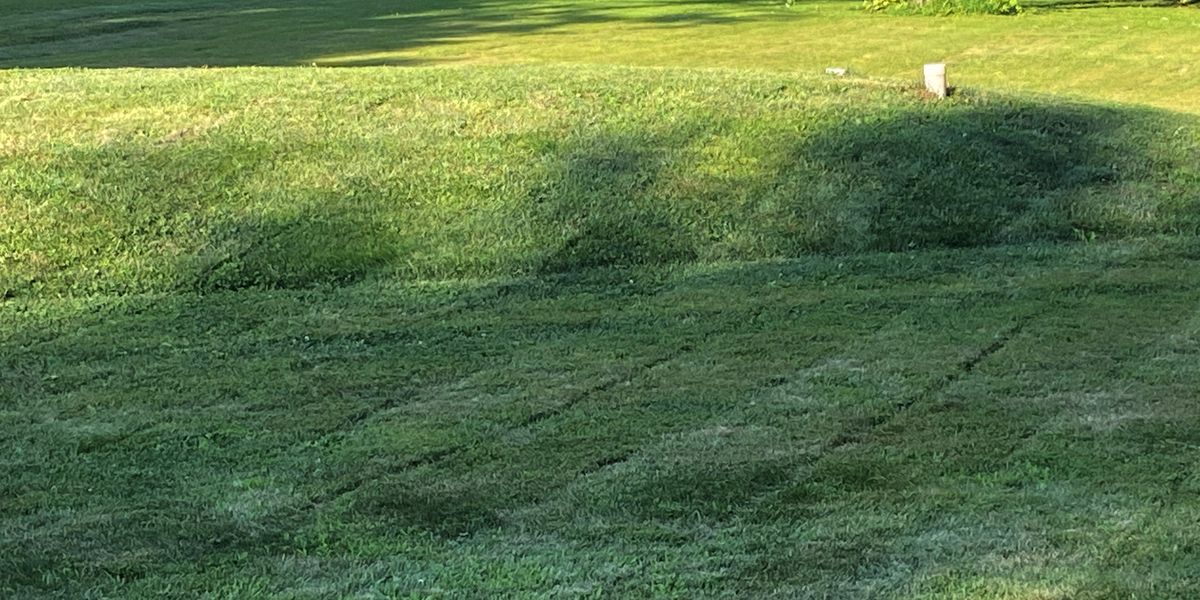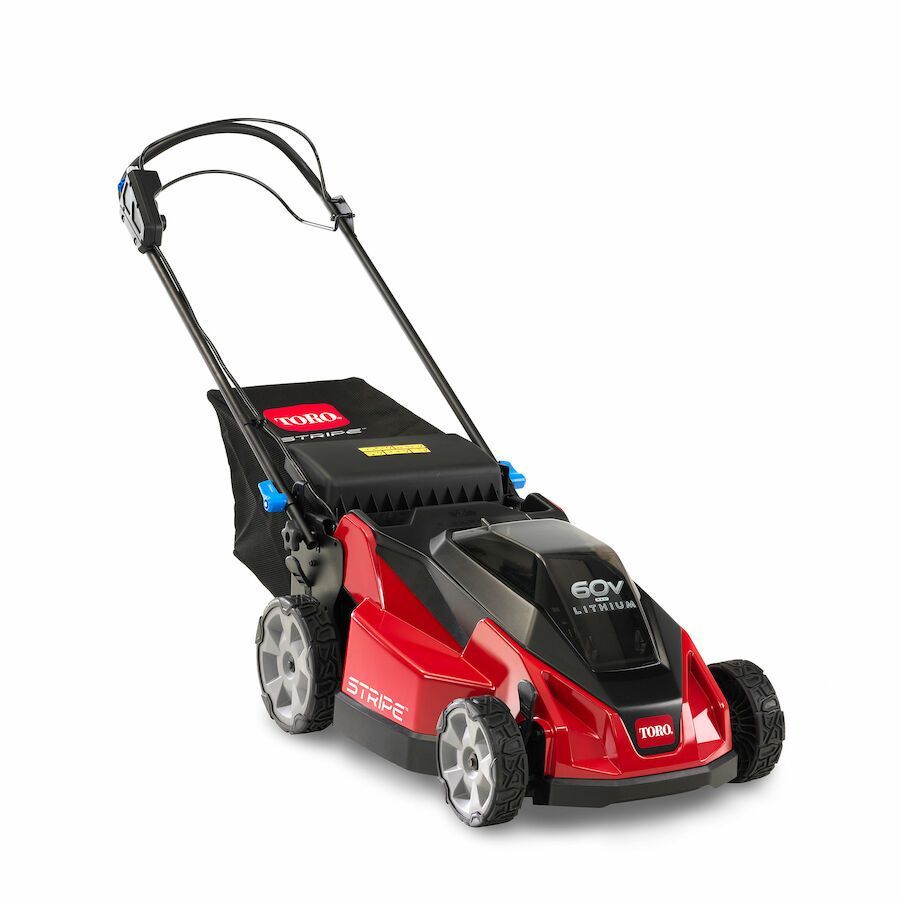There’s no big secret to making beautiful, neat stripes on your lawn. While some mowers cut stripes better than others, the most important thing is mowing nice straight rows, in alternating directions. If your mower doesn’t cut stripes well, there are tricks to help your stripes pop, as well as kits that bolt on to do the same thing.
Your Grass Has a Lot to Do With It
Lawns comprised primarily of a single species, or a uniform mix of species, are the best candidates for lawn striping. The lawn should be thick, vibrant, hydrated, and evenly green for the best results. Striping occurs when the mower passes over the grass, cutting and pushing the individual blades in the direction of travel. By alternating passes back and forth, you lay the grass down in the opposite direction on each row or stripe. We see stripes because of the the difference in how light is reflected off the blades of grass on each row or column.
Cut Height Plays a Role As Well
Since lawn stripes are visible because the blades of grass are pushed over, it’s important to get your cut height correct. You need to cut the blades of grass so that they’re still tall enough to be pushed over and bent a little to make a prominent stripe. Cutting the grass too short makes the grass vulnerable to dehydration and lawn disease. Also, the shorter the grass, the more stiff and the less less likely it is to bend. Three to 3½ inches is a good height for striping, but different types of grass will behave differently, so experiment with your cut height.
Lawn Striping Equipment
Looked at in the most broad sense, there are two ways to stripe your lawn. One is with store-bought equipment and the other is to make your own lawn-striping rig.
In terms of store-bought equipment, you can buy a cordless mowers built to stripe. In our spring mower testing, we found that Toro’s 60-volt cordless mower is an effective striper with a high cut quality.
Our spring testing found Toro’s mower to be an effective striper. The mower is not particularly fast, but it does leave a pronounced stripe, and it produces a very high quality of cut. The mower’s build quality is also excellent, among the best of mowers we’ve recently tested.
Most push mowers have a flap that drags behind the deck to prevent debris from ejecting toward you, the operator. Some are heavier or apply more pressure on the grass than others. This flap, in most cases, is what creates the stripes. If your mower doesn’t stripe well, you can simply add a strip of metal to this flap to help it push down the blades of grass better. Note that doing this may make it harder to back up your mower. Also, before using the mower after this type of hack, you’ll need to be sure that the flap cannot come in contact with the blades if you back the mower up and the flap tucks under the deck.
There are also products designed to help mowers produce better stripes. These are typically rubber flaps, rollers, or brushes that attach to the back of the mower or mower deck. They’re made for push mowers, zero-turn, and riding mowers. While these are not strictly required for striping your lawn, some mowers will benefit with the addition of a striping kit.
The most important things regarding equipment, though, are that the blades are sharp and the deck is clean and level.
Finally, a healthy lawn is more easily striped than one that is dry and disease ridden. Look here for information on lawn fertilizaton and watering.
Lawn-Striping Technique
The most important aspect of lawn striping is technique. A lawn that’s 90 percent weeds yet cut well can look great, while a lush green lawn without weeds can look awful when cut poorly. Straight lines are paramount when it comes to striping, and they’ll look best when cut on an angle to the road or sidewalk. Start by assessing where the longest mower pass would be. For example, it might be the left front corner of your front lawn to the far right back corner. The reason for this is that you want to pick a sight line to follow—targeting a fence post, tree, or shrub. Keep your eyes locked on that target as you start your first pass, guiding the mower straight toward it. Over a longer distance, any corrections made are more gradual and less obvious. On the return pass, keep your eyes on where you will end the strip. Avoid focusing on the wheels of the mower—wheel watching will cause you to make many small corrections, leaving a pass that wanders back and forth. It takes a little practice, but it’s not too hard once you can sight down the yard without focusing on the wheels too much.
For expert-level striping, cut at an angle to your stripes next time you mow. This will give you that baseball field criss-cross pattern. Any angle from 60 to 90 degrees should create a pleasing pattern. The good news is cutting you lawn with meticulous precision doesn’t really take much more time than cutting it willy-nilly. Master the technique, alternate the angle every time you mow, and you’ll become the envy of your neighborhood.
Brad Ford has spent most of his life using tools to fix, build, or make things. Growing up he worked on a farm, where he learned to weld, repair, and paint equipment. From the farm he went to work at a classic car dealer, repairing and servicing Rolls Royces, Bentleys, and Jaguars. Today, when he’s not testing tools or writing for Popular Mechanics, he’s busy keeping up with the projects at his old farmhouse in eastern Pennsylvania.
£



